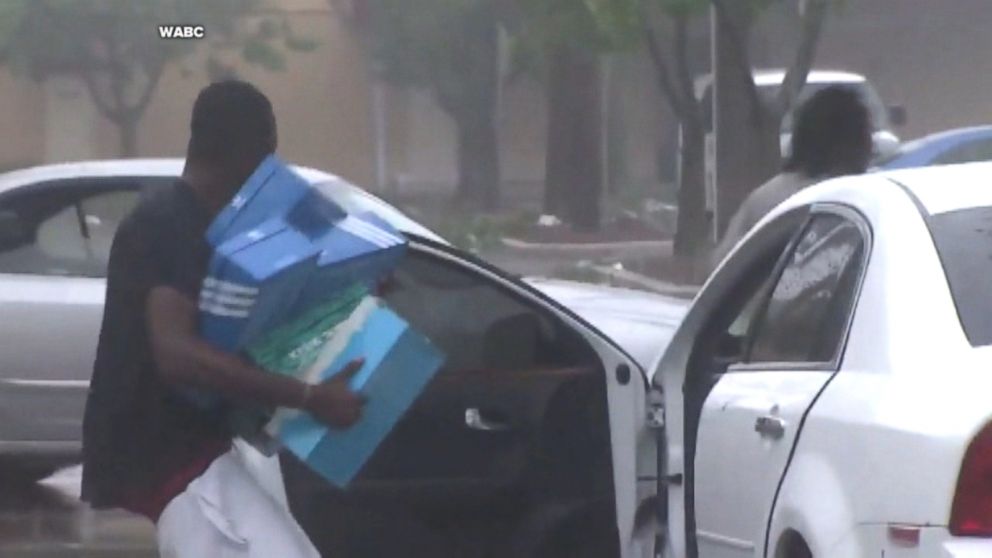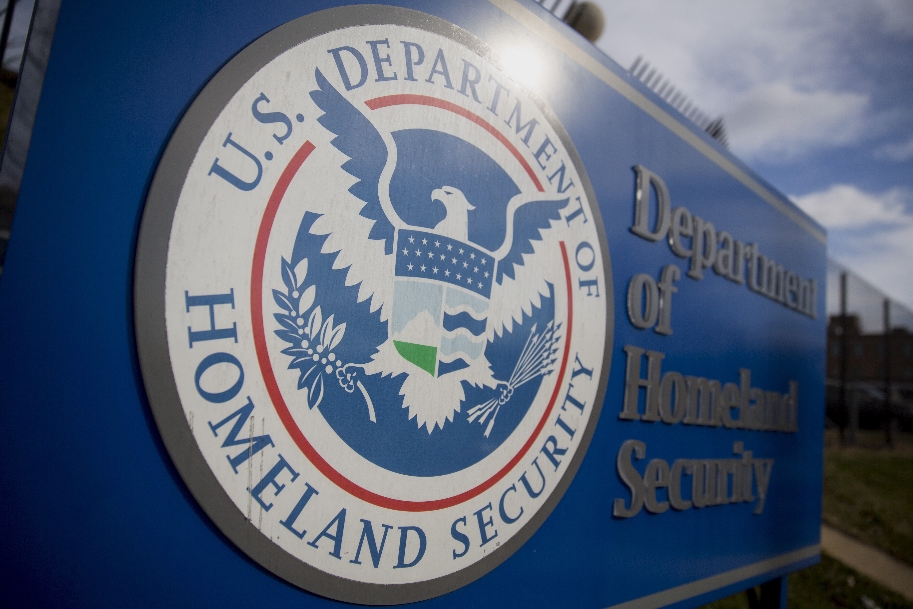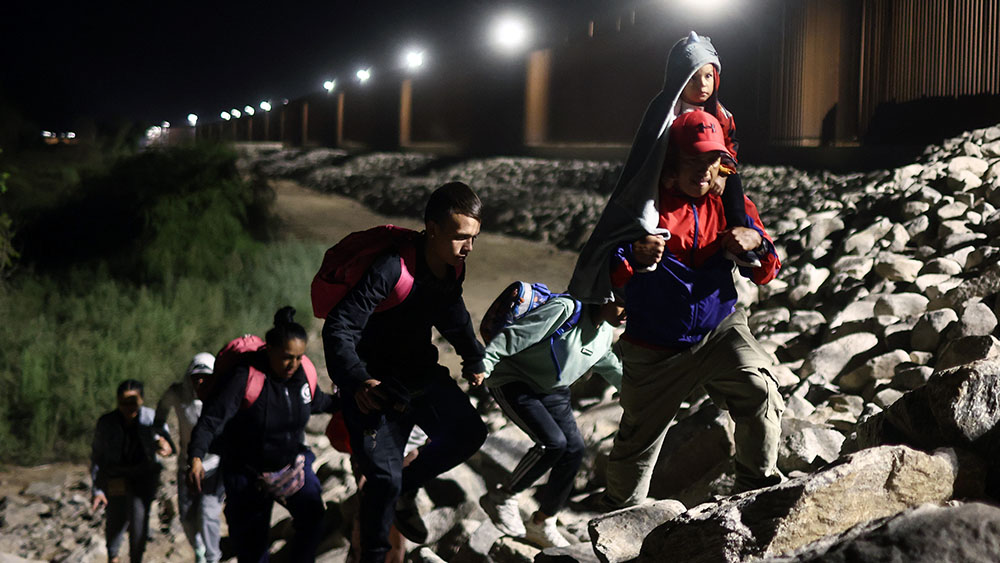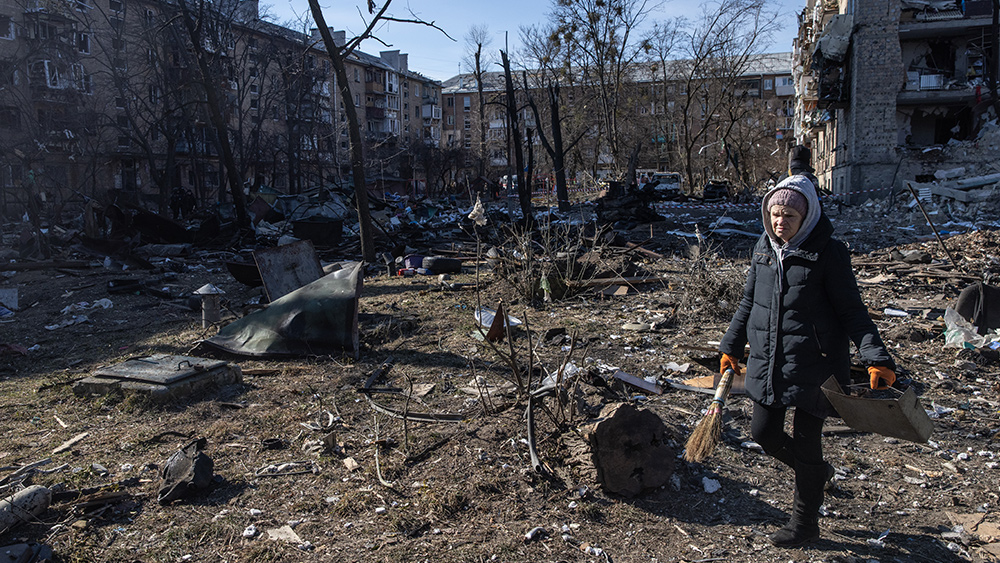Organized retail crime, not just shoplifting, is surging across the U.S. with dangerous and costly consequences
09/25/2023 / By Olivia Cook

Theft is an ever-present issue for retailers. Across the U.S., retail stores are fighting a war against large, highly organized and violent gangs, whose attacks have become more visible, brazen and escalating in severity in recent months.
In the process, they’re endangering people’s lives and sapping corporate profits. Store employees no longer feel safe, and understaffing makes theft easier – the stores are losing the war.
The scope, complexity and violence associated with organized retail crime (ORC) have increased precipitously and people are noticing.
The 2022 National Retail Security Survey (NRSS) reported that the majority of consumers (53 percent) believe retail crimes, including shoplifting, have increased in their communities since the pandemic.
The survey also found that retailers lost an estimated $94.5 billion nationwide in 2021 alone and 70 percent of retailers believe organized retail crime has become a more prevalent threat over the last five years. (Related: BAD APPLE: NYC shoplifting reports hit record levels for second straight year.)
The retail industry’s top priority is the health and safety of all retail employees and customers. Unfortunately, organized retail crime threatens the safety of both. Designer Marc Jacobs was even quoted saying, “Property can be replaced, human lives cannot.”
Organized retail crime is not just simple shoplifting
ORC is the large-scale theft of retail merchandise with the intent to resell the items for financial gain. The gangs employ threats and acts of violence – sometimes including the use of weapons – to aid these thefts.
The stolen products are then sold through different avenues (online, flea markets, etc.) to fund other illegal enterprises, such as the sale of guns and drugs and human trafficking. These crimes have endangered retail employees, security experts said.
The New York Post reported on Gary Rasor, an 83-year-old worker at a Home Depot store in North Carolina, who died in early December “due to complications from the injuries he received” after a theft suspect shoved him to the ground in October.
A Los Angeles Rite Aid employee in his 20s was killed while attempting to stop a shoplifter and another suspect from leaving the store last year – one of them opened fire, the LAPD told Fox News.
Retired police officer, Kevin Nishita, an armed security guard for Star Protection Agency, was fatally shot in Oakland, California during an attempted armed robbery on a KRON-TV news crew that was covering smash-and-grab theft, authorities said.
At a Nordstrom in Southern California, thieves were caught on video assaulting workers with bear spray – a chemical irritant similar to pepper spray but more potent. The incident was part of a spree of smash-and-grab and flash mob thefts that police said resulted in about $300,000 in losses for about 10 retailers.
Who else is victimized by organized retail crime?
Innocent shoppers can be injured by organized retail crimes, too.
A West Virginia woman was awarded $16.9 million in damages after she was injured in 2015 when a man being pursued for shoplifting at the retailer stumbled into her.
When the shoplifter took off running, he ran into Diane Ankrom’s shopping cart, knocked her over to the floor and knocked the cart on top of her while her granddaughter got thrown out of the cart.
The incident caused 52-year-old Ankrom to sustain traumatic injuries to her intestines, which required multiple surgeries during more than 20 hospital admissions, according to her lawyer Jamie Bordas. Ankrom is now living with an ileostomy for waste removal and requires a special feeding procedure daily in order to get enough nutrients.
Aside from physical injuries, many consumers also experience a financial sting as retailers offset their losses by increasing the prices of goods.
According to a Homeland Security Investigation Report, the estimated added cost to consumers from ORC is $500 per family annually. Many companies have re-evaluated and reinforced their security systems by investing in more sophisticated surveillance equipment, locks and hidden sensors attached to merchandise.
In addition, the convenience factor for shoppers declines as well, as inventory and accessibility to products are diminished as stores either lock up their goods or have their inventory wiped clean.?
As more stores are hit with increasing losses, retailers are being forced to close stores. The result is less access to goods for communities, which can lead to less competition and even higher prices. Also, with each store that shuts its doors, employment opportunities diminish in the neighborhood.?
ORC is a strain on local law enforcement agencies that need to keep up with the sheer number of crime and ORC cases. However, law enforcement at the state and national levels is being challenged, too.
According to security experts, the profits received by ORC run much deeper and are potentially funding terrorist organizations or drug cartels across state lines or even internationally.
At the end of the day, Brian Hale, a former senior-level official at the Department of Homeland Security, says that organized retail crime is not a victimless crime and can’t be seen as just a story of small and large companies that will end up making less money.
“It’s not just a retailer issue or law enforcement issue or a consumer issue. It’s going to take a holistic approach of multiple channels working together and sharing information to combat this. This affects everyone.”
Other forms of organized retail crime
These highly public crimes are not the only form ORC takes. Cargo theft, e-commerce and digital fraud also contribute to ORC.
The following scenarios are the various methods, tactics and strategies that threaten the retail ecosystem – shared with the National Retail Federation (NRF) by various retailers:
- One retailer reported 70 subjects tied to 168 boosting incidents across 107 locations that resulted in over $449,583 in losses across the company.
- Another, speaking about a string of fraudulent returns, lost $13,000 after 230 units were stolen – and fraudulently “returned” – in less than five weeks.
- A third shared details pertaining to a group that used compromised accounts to purchase and pick up merchandise across the country. Chargebacks to the retailer amounted to $430,000.
As the leading voice for the retail industry, NRF has long advocated for policy solutions to stifle the threat of retail crime in large and small stores across the country.
The first legislative success came with the passage of the INFORM Consumers Act, a measure that will make it harder to resell stolen products on online marketplaces.
The next step is the Combating Organized Retail Crime Act of 2023 (CORCA), now pending in the House and Senate, which will help put the ringleaders behind ORC gangs in jail.
By creating an interagency Organized Retail Crime Center, this legislation would enable retailers nationwide to share data across federal, state and local agencies, and make it easier for law enforcement to investigate and prosecute these sophisticated crimes.
Visit Collapse.news for more news about business closures caused by rising retail crime.
Watch the following video about American poverty spreading fast as DOLLAR stores see record shoplifting.
This video is from the Health Ranger Report channel on Brighteon.com.
More related stories:
Big-box stores closing down due to rising RETAIL THEFT.
Walgreens shutters 5 more San Francisco branches due to “ongoing organized retail crime.”
San Francisco retail stores cease operations thanks to new law that decriminalizes shoplifting.
Sources include:
Submit a correction >>
Tagged Under:
anarchy, big government, bubble, chaos, collapse, crime, dangerous, debt bomb, debt collapse, economic riot, INFORM Consumers Act, insanity, money supply, National Retail Federation, national security, organized retail crime, retail theft, risk, shoplifting, violence
This article may contain statements that reflect the opinion of the author
RECENT NEWS & ARTICLES
COPYRIGHT © 2019 Dangerous.News
All content posted on this site is protected under Free Speech. Dangerous.News is not responsible for content written by contributing authors. The information on this site is provided for educational and entertainment purposes only. It is not intended as a substitute for professional advice of any kind. Dangerous.News assumes no responsibility for the use or misuse of this material. All trademarks, registered trademarks and service marks mentioned on this site are the property of their respective owners.



















